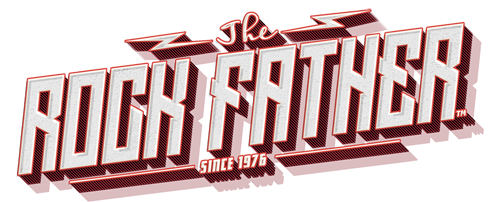If you’re part of the 48% of consumers who start their research with a search engine, you can find just about anything at your fingertips. In recent years, this means you can even buy a car completely online. Even if you’re just starting your search online and plan to later go into a dealership to buy the car, these tips will help. Here are a few ways to research online for your next new-to-you car.
1. Set a Budget
The most important step of searching online for a used car is to figure out what your budget is going to be. If you aren’t sure what your budget is, you may end up accidentally upselling yourself. Even if you absolutely love Jim Morrison, you don’t want to end up trying to buy a 1967 Shelby GT 500 like him if that’s not in your budget. Make sure to take into account the amount of money you have saved up, the potential money you would get from a trade-in, and what you can afford in a monthly payment. Make sure that you’re being realistic⸺buying a car is a big investment, and you don’t want to get in over your head.
2. Get Preapproved for a Loan
If you aren’t planning on paying for your entire car in cash, you’ll need a loan. Sometimes loans offered through dealerships aren’t going to be the best deal you can get. See if you can get preapproved for a loan based on your budget through a source other than your dealership. This will help you when you go to actually buy your car because you will be ready to get the loan as soon as you get your car. Make sure to take into account the amount of money you plan to put down on the car.
3. Look at Possible Makes and Models
Once you have your finances figured out, it’s time to start on the fun part: actually looking for a car. This is a time when it’s great to use the online resources at your fingertips to start narrowing down the exact make and model you want. If you have a certain company that you’ve had good experiences with and want to stick with that make for your car, you already have your search narrowed down. You can look for different models that meet your needs before looking into what year you think will fit best within your budget.
This is when you should take into account things like what you’ll be using the car for, how many seats you need, and what additional features you may want in your car. If a car’s base model doesn’t fit your needs, you may be able to find an upgraded version for sale, but that isn’t guaranteed, so try to be realistic in your search.
4. Pay Attention to Mileage
When you’re looking at used cars, the mileage that the cars have is a very important element. If the car has too few or too many miles for how old it is, those can both be red flags. Too few miles can mean that there is something wrong with the car that prevented the previous owner from driving it, and too many miles could mean more wear-and-tear on the car than is normal. If there is a higher mileage count, make sure that the price reflects that or, even better, look at a different car. The higher the mileage, the shorter amount of time you may have to use the car.
5. Look For Promotions
If you’ve found the make and model that you want for your car, start looking for dealerships near you that have the car. If you visit the dealership’s website, there may be an email list that you can sign up for, and this is a good way to find out about any deals or promotions the dealership may be running. Though there are an average of 293.6 billion emails being sent out every day, it can still make a big difference in the deal you get on your car if you are signed up for just one email list.
6. Look Into the Kelley Blue Book Value
Kelley Blue Book Value is a site often used to evaluate the true pricing of your car and whether or not you’re getting a fair price for your car. When you’re searching through used cars, always compare the price of a car listing to the price that’s cited on Kelley Blue Book. This can also give you a good bargaining chip when you’re trying to get the best and most fair price for the car you’re buying. If you’re trading in a car, make sure to also check the value on Kelley Blue Book so you can figure out what exactly your car is worth. Sometimes dealerships will try to lowball your trade-in, and this is a great way to give yourself a tool to prevent that.
7. Get a Background of the Car’s History
Before buying any used car, you’ll want to get a report on the car’s background. Sites like CarFax can provide the information, though you should request to see such a report through the dealership or whoever is selling the car. If a seller is hesitant to give you a car’s report, the odds are there is going to be a red flag in that report that will make you not want to buy the car. If there is nothing wrong with the car’s past, there’s really no reason not to give you a background report on the car you want to buy.
Using online resources to do research can really help you find the best possible car within your budget that fits your needs. By doing proper research, you’ll have a good idea of what the car you want is worth to make sure that you’re getting the best possible deal on your new-to-you car. In addition, it can help make sure that you aren’t getting oversold by an overzealous car salesperson.
What’s the best car purchase you’ve ever made? What’s the best car buying advice you’ve ever received? Let us know in the comments.



